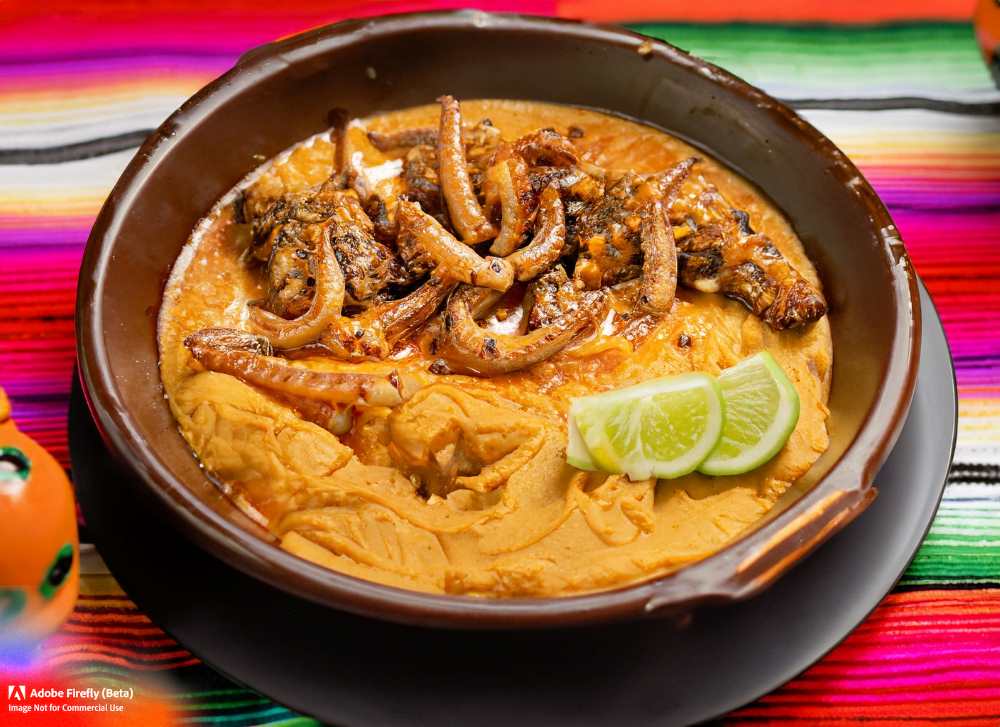Why Edible Insects Are Taking Over Mexican Kitchens
Discover the world of edible insects in Mexico. From stink bugs to butterfly larvae, these delicacies have been a part of the traditional diet for centuries. Rich in protein and essential nutrients, they offer a unique culinary experience for those willing to try.





